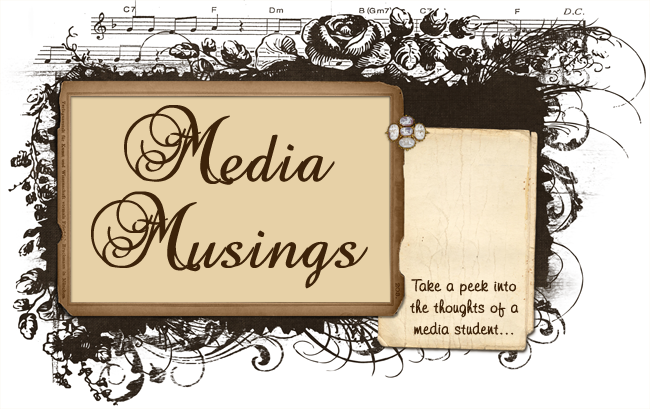
(Image source: Twitter, 2010)
"Twitter now has more than 105 million registered users. It is growing at a rate of 300,000 new users signing up per day. Twitter users are posting an average of 55 million tweets, daily. 180 million unique visitors access the site every month." (Yarow, 2010)
These staggering numbers, revealed at
Chirp in April 2010, sum up the social networking phenomenon that is
Twitter. First launched in 2006, it has now become a fully-fledged online social networking and microblogging service, with celebrities, corporations, politicians, advertisers and ordinary citizens jumping onto this global bandwagon.
However, there are sure to be problems when a website gets as large and as popular as Twitter. In Owen's (2009) article,
How Celebrity Imposters Hurt Twitter's Credibility, he highlights the issue regarding Twitter accounts impersonating celebrities and famous people such as the
Dalai Lama and
Shaquille O'Neal. This situation has become so common to the point that the real celebrities have to respond and prove that they are the real person to their fans. Nevertheless, as Twitter accounts are subject to hackers and pranksters, even the official accounts may not be producing true information, as seen in the case of
Bill O Riley, Britney Spears and Obama (Arrington, 2009).

(Image source: Cartoon Stock, 2010)
According to Huberman, Romero and Fang (2008), Twitter is a tool for people seeking attention. Their study revealed that users who got attention from many people Tweeted more often than those who received little notice. They also claimed that many people besides celebrities, including scholars, advertisers and political activists, see online social networking sites as an opportunity to propagate ideas and ideals, form social bonds and promote viral marketing.
In June 2009, Twitter
announced that it would be introducing a security measure called “verified accounts” for a select group of people in order to prevent fake tweets, after several cases of impersonation were brought to the public’s attention, especially the case of St Louis Cardinals baseball team manager
Tony La Russa. This group of people ‘will include public officials, public agencies, famous artists, athletes, and other well known individuals at risk of impersonation’ (Ashford, 2009).
In my opinion, I think that as frequent internet users, we should be more careful about the information that we read online. The news that we receive might not necessarily be accurate or true, therefore we have to think critically and rationally instead of blindly accepting something we've seen or been told. As in the case of Twitter, it would be best to take co-founder Biz Stone's advice: When in doubt, the best way to determine authenticity is to check the official website of the person for a link back to their Twitter account (Owens, 2009; Ashford, 2009).
References:- Ashford, W 2009, Twitter to verify accounts to prevent fake tweets, Computer Weekly, viewed 9 June 2010, http://www.computerweekly.com/Articles/2009/06/08/236332/twitter-to-verify-accounts-to-prevent-fake-tweets.htm
- Arrington, M 2009, Celebrity Twitter Accounts Hacked (Bill O'Reilly, Britney Spears, Obama, More), TechCrunch.com, viewed 9 June 2010, http://techcrunch.com/2009/01/05/either-fox-news-had-their-twitter-account-hacked-or-bill-oreilly-is-gay-or-both/
- Huberman, BA, Romero, DM & Fang, W 2008, Social networks that matter: Twitter under the microscope, Cornell University, Ithaca, New York.
- Owens, S 2009, How Celebrity Imposters Hurt Twitter's Credibility, Public Broadcasting Service (PBS), viewed 9 June 2010, http://www.pbs.org/mediashift/2009/02/how-celebrity-imposters-hurt-twitters-credibility051.html
- Yarow, J 2010, Twitter Finally Reveals All Its Secret Stats, Business Insider, viewed 9 June 2010, http://www.businessinsider.com/twitter-stats-2010-4

























